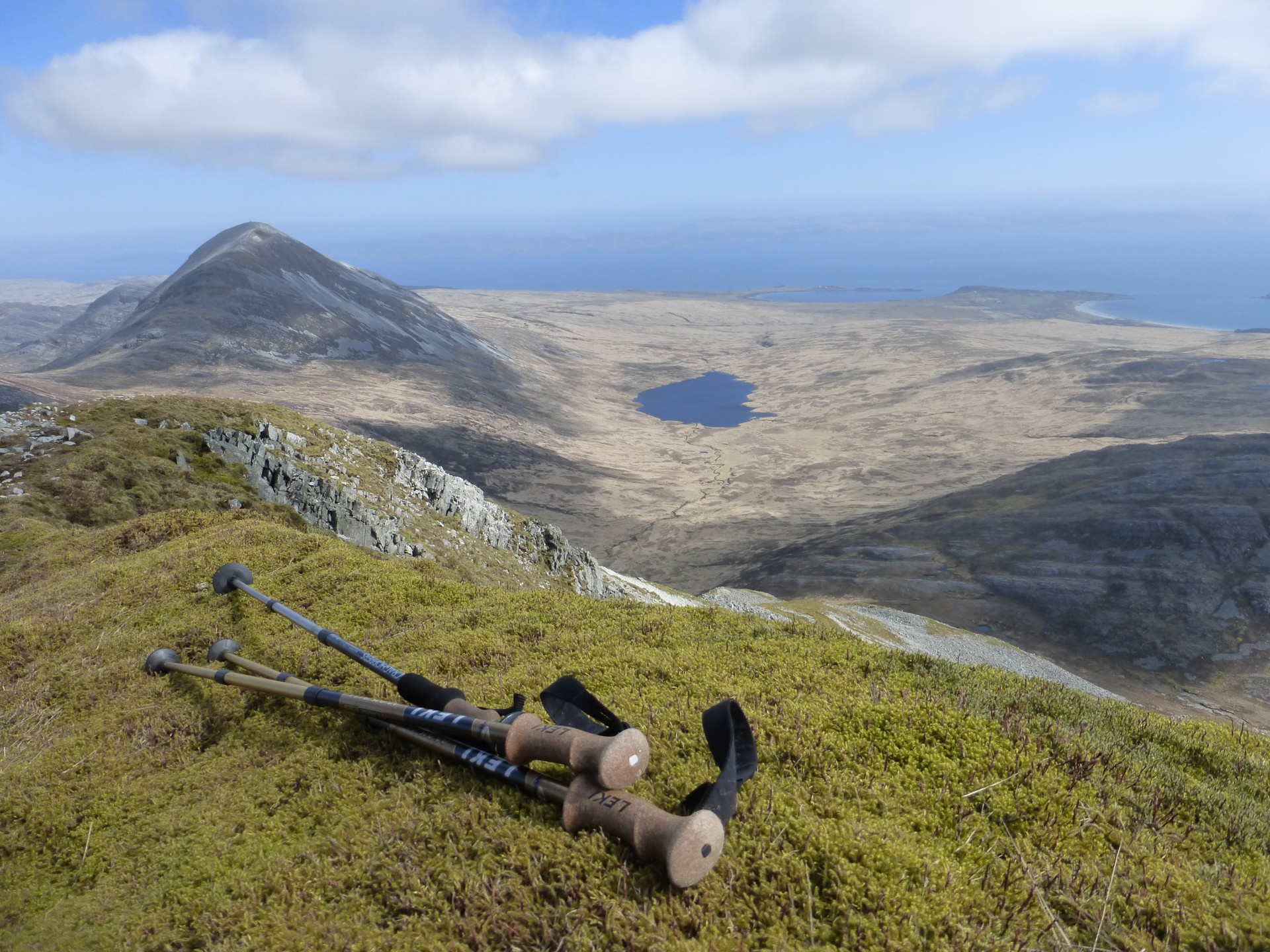8 Whisky Distillery to Visit in Islay
Islay is home to eight distilleries producing some of the most sought after and distinctive single malt whiskies in the world - and that’s eight very good reasons to visit Islay. There’s nothing quite like sampling the product in the historic distilleries themselves, and they all offer guided tours ending with a dram!
1. Laphroaig
Considered by some to be the most distinctive of all the single malts, Laphroaig has a history dating back some 200 years. The exact origins of the distillery are lost to the mists of time, but it’s known that in 1800 the Johnstons started farming at Laphroaig and that soon after work on a distillery started. As well as the intrinsic qualities found in all Islay whiskies, Laphroaig derives much of its character from the use of American bourbon casks and Spanish sherry butts.

2. Lagavulin
One of Scotland’s best-known whiskies, the Lagavulin distillery is situated on the beautiful bay of Lagavulin near the ruins of Dunyveg Castle. When you take a tour of the distillery you’ll see the distillers at work and the unusual pear-shaped stills used in the distilling process. A winning combination of peat-smoked malt, slow distillation and long maturation produce Lagavulin’s distinctive rich, peaty character.
l
One of Scotland’s best-known whiskies, the Lagavulin distillery is a must visit whilst on Islay.
3. Bowmore
The historic Bowmore distillery takes its name from the town which is home to almost a third of Islay’s population. Bowmore is a classic case of the old saying ‘distilleries make the spirit but wood makes the whisky’. A variety of casks are used in the maturation process, including those that formerly held Bordeaux red wine (claret) which gives rise to a full rich flavour with notes of cherry, black currant and cedar. Madeira wine casks by contrast impart the spirit with a fruitiness and spiciness. A visit to the No. 1 vault at Bowmore is something akin to stepping into a treasure trove for the whisky connoisseur, but you don’t need any specialist knowledge to appreciate the history and atmosphere that permeates this special place.

Bowmore offers a selection of cosy self-catering apartments on Islay as well. A great place to stay!
4. Ardbeg
Located on the rugged shoreline at the southern end of Islay, Ardbeg is a fantastic place to visit. It's an iconic whisky. Using malted barley sourced from the maltings at Port Ellen, Ardbeg claims to produce the peatiest whisky in Islay. You can taste a dram or two in the excellent visitor centre. The Old Kiln Café is also open from Monday to Friday and serves great food. See Laphroaig, Lagavulin and Ardbeg - the 'southern distilleries' by following the Three Distilleries Pathway. The path runs for 5.5km and is fully accessible.

5. Bruichladdich
The resurrection of Bruichladdich distillery on Islay is one of the whisky industry’s great stories. Brought back from semi-dereliction in 2001, it began to make whisky the old-fashioned way, using the artisanal skills of local people and much of the old machinery that had been installed when the distillery was built back in 1881. This includes the original ‘open’ 7-tonne machtun, one of only a handful still in existence. The distillery sits on the shore of Loch Lindal on the west of the island.

6. Bunnahabhain
The remote Bunnahabhain distillery is situated in the north of Islay above Port Askaig. Bunnahabhain is Gaelic for river mouth, and the river runs just north of the distillery. It’s a glorious spot. The drive towards Bunnahabhain from Port Askaig along the winding road is stunning, with wonderful views of Jura and the Sound of Islay. And at the end, you’re rewarded with a warm welcome and a fabulous dram! Bunnahabhain is one of the milder Islay whiskies. The water rises through limestone and is transported by pipeline to the distillery, so it doesn’t pick up peat on the way.

Want to try a few different drams? Stay at Port Askaig Hotel and enjoy a wide selection of Scottish whisky.
7. Caol Ila
Caol Ila, pronounced col eela, is Gaelic for ‘sound of Islay’. The distillery’s name relates to its beautiful location. Sitting on the edge of the sound of Islay, it looks out across the fast-flowing waters to Jura. Caol Ila is Islay’s giant, producing more than double the spirit of the other distilleries on the island. A visit to this distillery allows you to see large-scale whisky production at its best. Watch the distillers at work, tending the six copper stills.

8. Kilchoman
The Kilchoman distillery is the newest and yet in one sense the most traditional whisky distiller on the island. Created in 2005, it was the island’s first new distillery in 125 years. Built on a farm that grows the barley used in its whisky production, Kilchoman also malts the grain in the traditional way, on the floor of a malt house.
If you’re serious about whisky don’t miss the Islay Festival of Music and Malt, a brilliant celebration of Islay’s heritage, culture and – of course – whisky! You might also want to make a trip to neighbouring Jura. It’s just a short hop on the ferry from Islay and is home to the historic Isle of Jura distillery.





